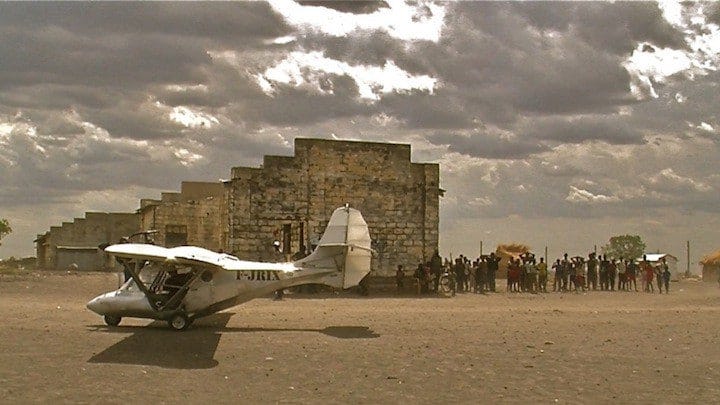‘We Come As Friends’ and the Advent of Post-Apocalyptic Nonfiction

The world is ending.
“Post-apocalyptic” is a term we usually reserve for elaborately conceived, nightmarish fiction cinema. Mad Max, Waterworld and Planet of the Apes all come to mind. Post-apocalyptic nonfiction, on the other hand, sounds like an impossibility. The world still exists, after all. Society has yet to completely collapse. Mel Gibson and Kev…
Keep reading with a 7-day free trial
Subscribe to Nonfics to keep reading this post and get 7 days of free access to the full post archives.



